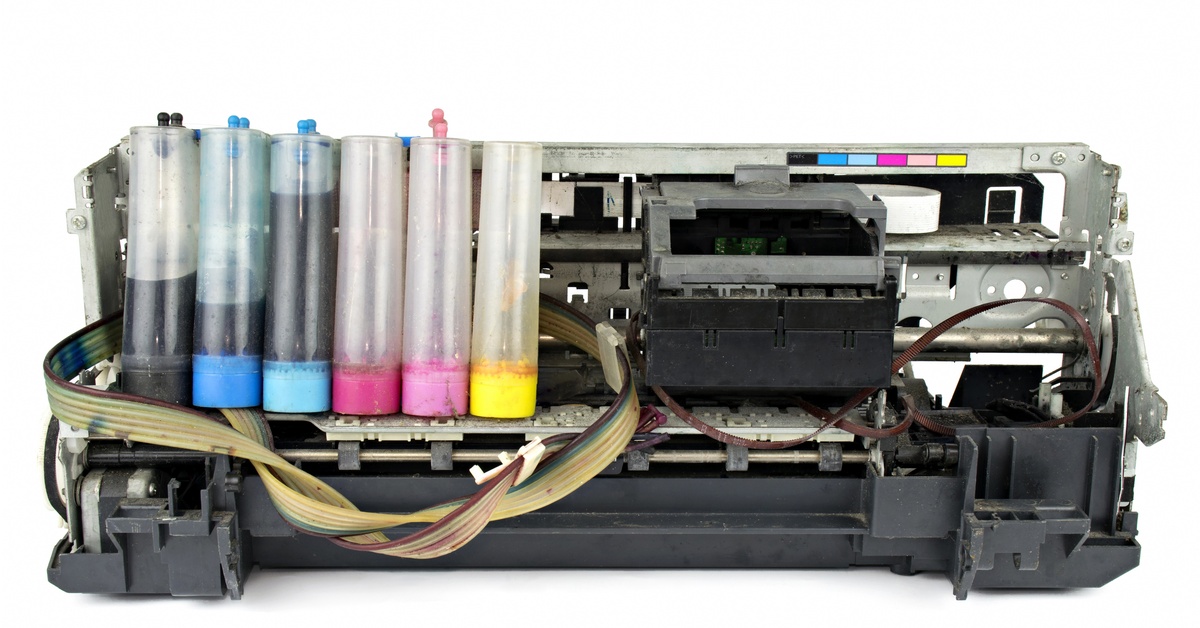The Environmental Impact of Printing: Challenges & Solutions

Printed materials are everywhere—whether they’re books, posters, packaging, or the pile of junk mail you haven’t recycled yet. You may not have realized it, but all that paper and ink has serious environmental implications, from deforestation to carbon emissions. Fortunately, there are creative solutions for printing challenges and the environmental impact they produce.
The Problem With Paper Waste
Paper is at the heart of printing, and while it’s recyclable, its production still harms forests. Making one ton of paper can consume more than 20,000 gallons of water and requires cutting down many trees. Recycling is a must, but not all paper gets reused.
One solution is to use sustainably sourced or 100% recycled paper. Many manufacturers now offer products certified by the Forest Steward Council FSC), which means the paper comes from responsibly managed forests. They’re more eco-friendly and deliver the same high-quality finish for printing projects.
Colorful Ink Can Be Toxic
That “fresh ink smell” that some people like is not as harmless as it seems. Conventional inks often use petroleum-based ingredients that release volatile organic compounds (VOCs) into the air, contributing to pollution.
Luckily, water-based and soy-based inks are becoming increasingly popular. They are less harmful to the environment and still produce rich colors. Professional projects that use wide-format printing benefit from these easily available inks, offering a responsible way to create eco-friendly marketing materials.
Energy Consumption Adds Up
Printing equipment—from small office printers to industrial-scale machines—consumes a lot of electricity. Plus, the logistics in delivering supplies and printed projects increases the carbon footprint.
You can combat this by using eco-friendly printers and equipment. Some manufacturers label their machines with energy efficiency certifications, helping businesses lower the amount of natural resources they use. And for wide format printing, combining shipments or working with local suppliers can cut transportation emissions.
Recycling Isn’t Always Straightforward
You’d think recycling paper and old cartridges is easy, but landfill statistics tell a different story. Old cartridges often end up in the trash, contributing to waste.
However, many companies now offer take-back programs for used cartridges and old printers. Participating in these initiatives and promoting recycling in-house can make a huge difference.
The Greenwashing Trap
Businesses are racing to market themselves as eco-friendly, but we’re seeing a growing problem of false sustainability claims. The main reasons why printers should avoid greenwashing are to cultivate trust and uphold ethical business practices. Customers want transparency, not buzzwords plastered across websites.
Businesses need to back up their claims with certifications and clear documentation. A simple switch to recycled materials becomes more credible if it’s supported by a trusted label, such as FSC or Green Seal.
The environmental impact of printing creates several challenges, but anyone can implement these practical solutions. With better choices—including sustainable paper, cleaner inks, and energy-efficient practices—businesses and consumers can reduce their carbon footprint one page at a time.



3 Comments
heather
I didn’t know that color ink was so toxic. I think the price of colored ink is toxic! lol $$$$
Terri Quick
Thank you for sharing
Tamra Phelps
It’s amazing how something that seems as simple as printing a paper can have so many consequences. Nothing is simple anymore, I think.